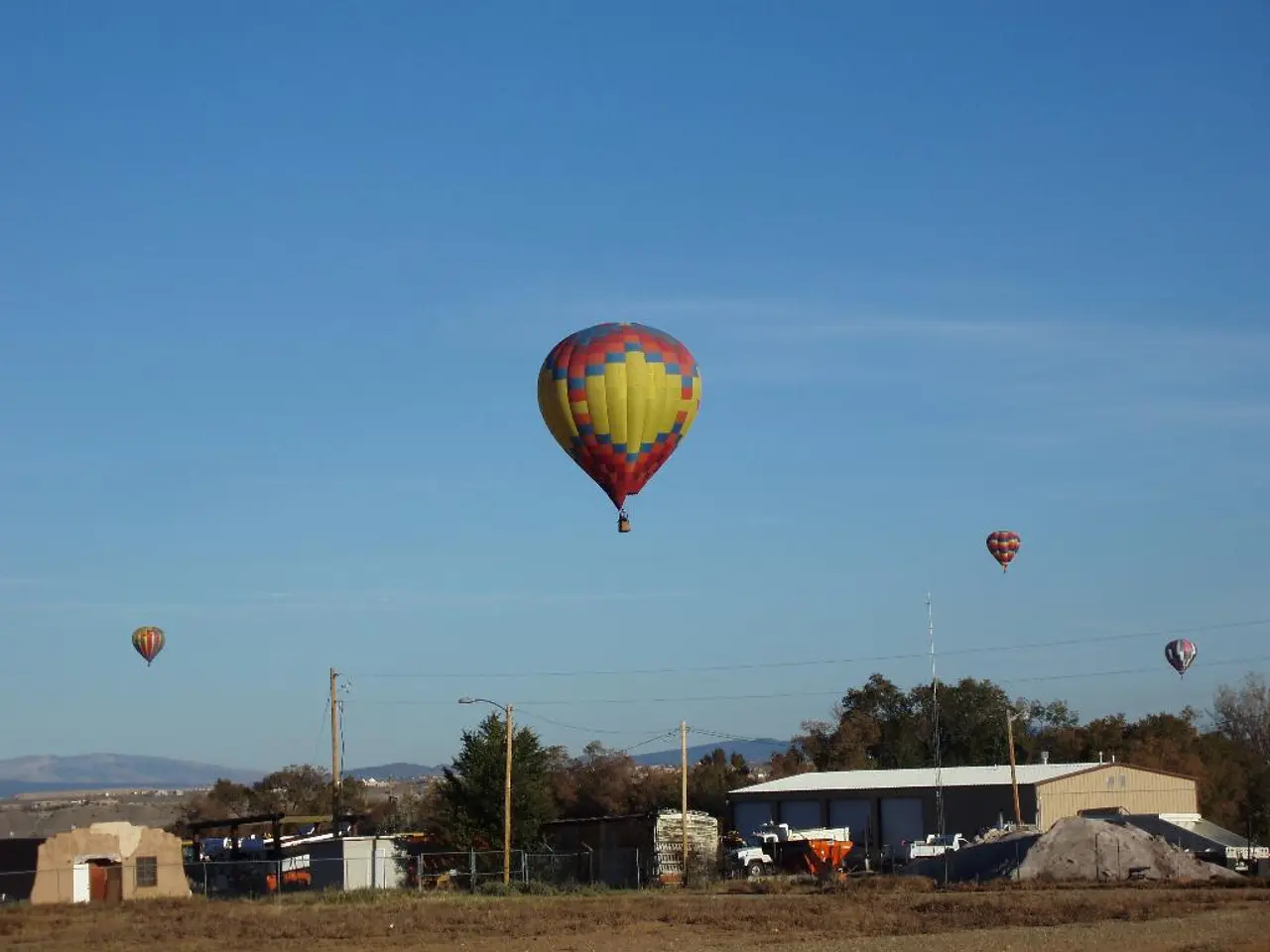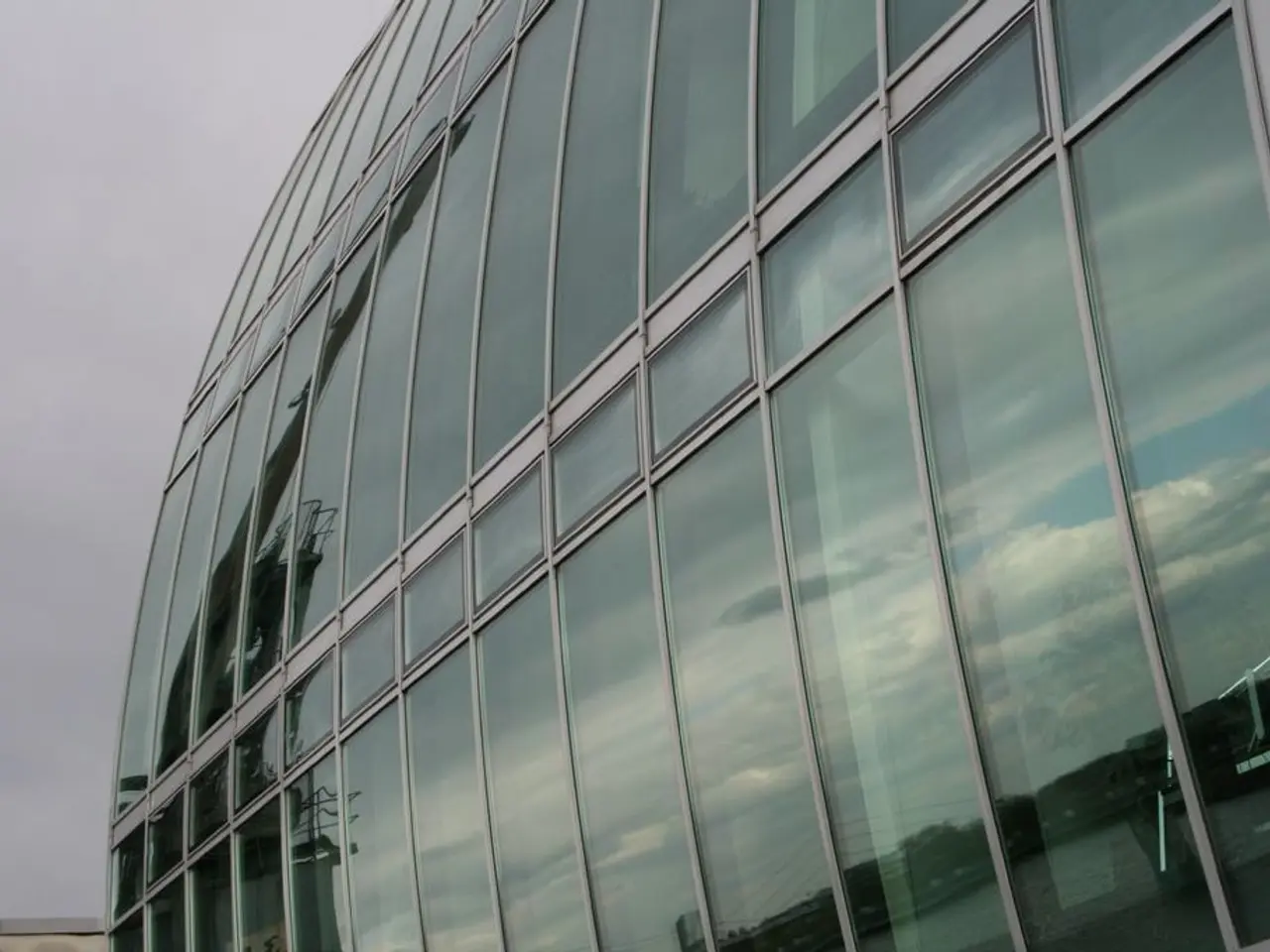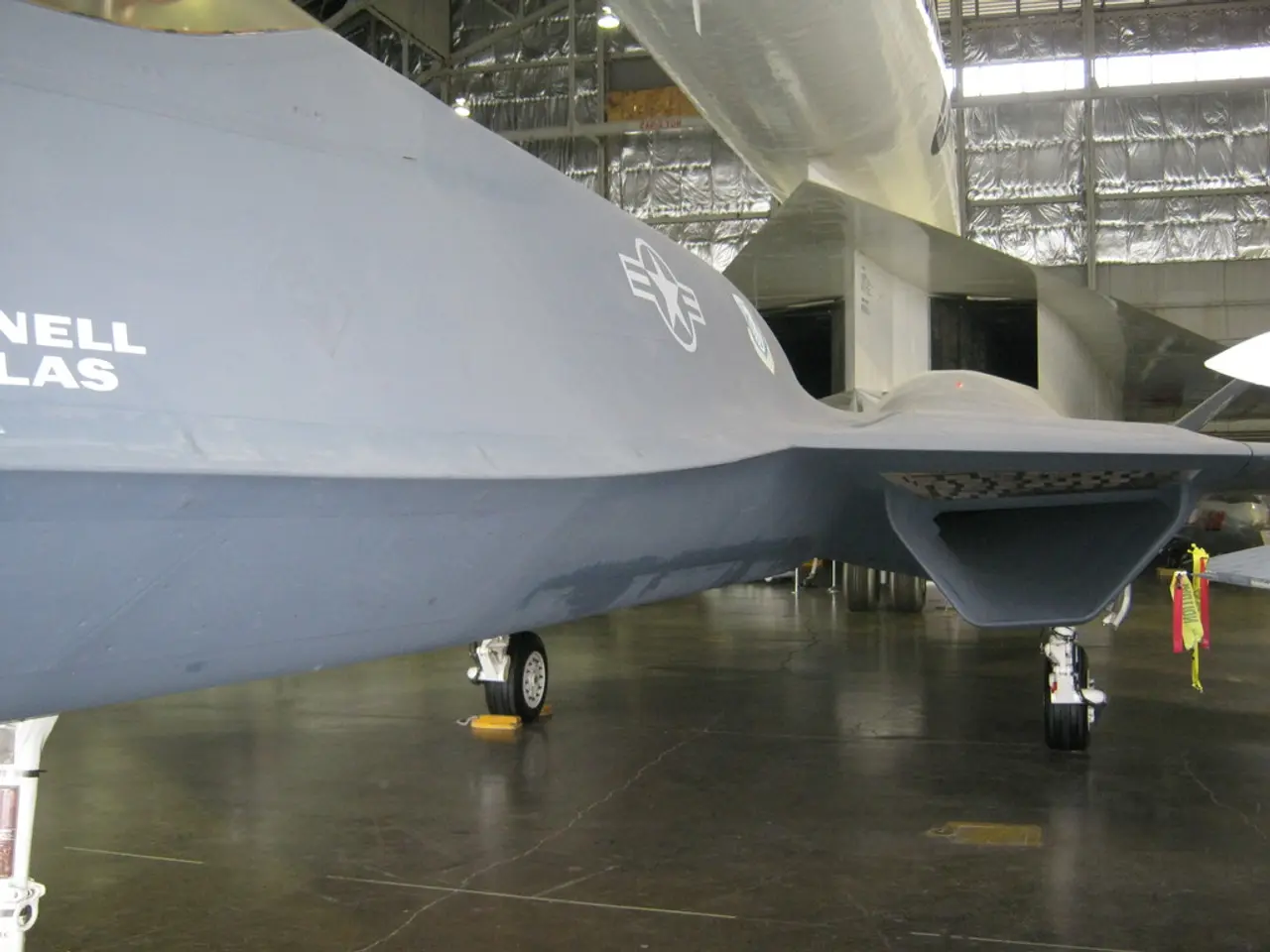Pioneering Air Travel: Montgolfier Brothers Kickstart the Era of Aviation
In the late 18th century, two brothers from a paper-manufacturing family in Annonay, France, revolutionized the world of aviation. Joseph-Michel Montgolfier and Jacques-Étienne Montgolfier, born in 1740 and 1745 respectively, were the masterminds behind the first hot air balloon, a groundbreaking invention that marked the beginning of human flight.
In 1772, Jacques-Étienne left to study architecture in Paris, but he returned to the family business after the death of his elder brother, Raymond, that same year. Joseph-Michel, on the other hand, began experimenting with parachutes in 1775.
The brothers' breakthrough came in 1782, when Joseph-Michel conducted the first hot air balloon experiment. He used a small balloon made of light wood and cloth, which he heated with a fire fueled by straw and wool. This simple yet innovative design proved that heated air inside a lightweight bag could cause it to rise.
Building on this discovery, the Montgolfier Brothers, with the help of Jean-Baptiste Reveillon, designed and built a balloon containing 1060 m3 of air, weighing 225kg. Their creation was three times bigger than their initial model, launched on December 14, 1782. The balloon flew about 2km before crash landing in the Gonesse Village.
The Montgolfier Brothers' work laid the foundation for lighter-than-air aviation. Their most notable achievement came on November 21, 1783, when Pilâtre de Rozier and the marquis d'Arlandes made the first untethered manned flight in a Montgolfier balloon over Paris. The flight covered 9 kilometers in 25 minutes, reaching an altitude of about 3,000 feet (910m).
The brothers' innovation didn't stop there. On September 19, 1783, they conducted a flight with live animal passengers - a sheep named Montauciel, a duck, and a rooster. The flight lasted 8 minutes, covered 3 km, and reached an altitude of about 460m. Jacques-Étienne even made the first human flight on October 15, 1783, with a test flight that reached an altitude of about 24m (the length of the tether).
The Montgolfier Brothers' achievements initiated the era of manned balloon flight, which was the first form of human aviation. Their successful manned hot air balloon demonstrated principles of buoyancy and flight that inspired subsequent aviation pioneers. The brothers were honoured by the French Académie des Sciences and continued to make scientific contributions beyond aviation.
Their timeline highlights key moments in the infancy of aviation, establishing them as seminal figures in the history of human flight. Their legacy lives on, as their innovative spirit continues to inspire new generations of aeronautical engineers and enthusiasts.
References:
- The Montgolfier Brothers - Inventors of the Hot Air Balloon
- Montgolfier Brothers
- The Montgolfier Brothers and the Birth of Aviation
The Montgolfier Brothers' achievements in the 18th century significantly contributed to science, specifically aviation history, by developing the first hot air balloon, marking the beginning of manned flight. Their innovations in technology and space-and-astronomy paved the way for the principles of buoyancy and flight that would inspire future aeronautical pioneers.




